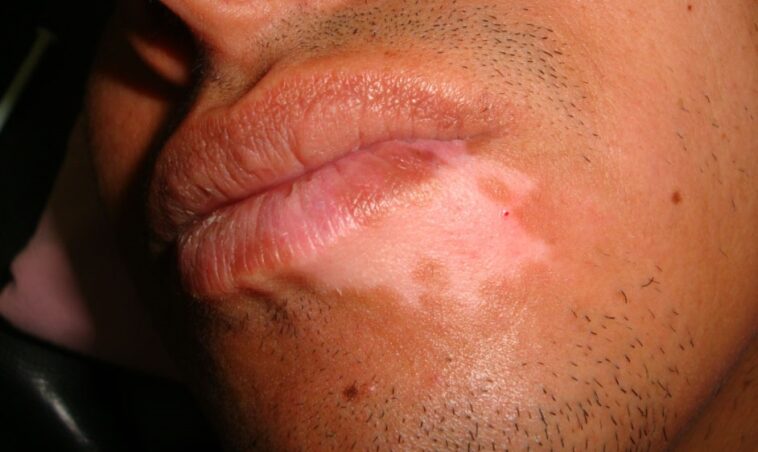Over time, many studies have been conducted to establish the relationship between vitiligo and genetics. For many of these observational studies, people with vitiligo have been interviewed via comprehensive surveys. However, most of these studies have been limited in geographical scope and sample size. Still, based on studies, vitiligo has been found to have a hereditary component in 20-30% of cases only. In some cases, it has been noted that it passes on from one generation to another while in the majority of cases, a person is seen to develop vitiligo despite having no family history.
Vitiligo and Hereditary – What do we know so far?
Importantly, hieratical vitiligo cases are not limited to parents only; sometimes an individual with vitiligo has been found to have a second-degree relative. Based on various data sources available, it can be established that cases of vitiligo passing on from the parents to a child are around 10% only. This means heredity in vitiligo cases is not limited to parents only but is extended to parents’ siblings and first-degree uncle/aunts and cousins.
As per a study conducted by the University of Colorado Health Sciences Center, if one of the identical twins got vitiligo, the other twin also developed vitiligo in 23% of cases even though almost all of their DNA is identical.
The Road Ahead
The fact that vitiligo is more common in family members of people with vitiligo means that genetics play a role in the skin condition. Still, the inheritance pattern in vitiligo cases is complex since multiple causative factors are often involved in the onset of the skin condition. This hints that faulty genes alone cannot trigger autoimmunity in people with vitiligo until some other prominent factors join in. To establish a clear connection between vitiligo and heredity more studies with bigger sample sizes are needed.

